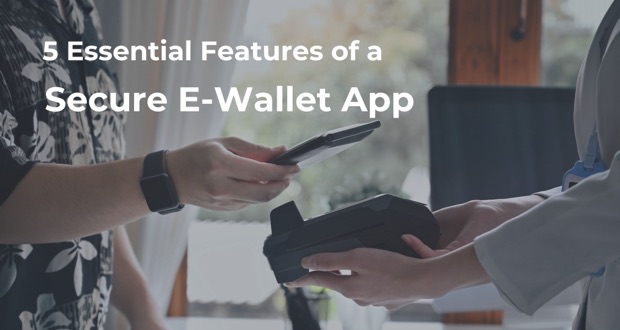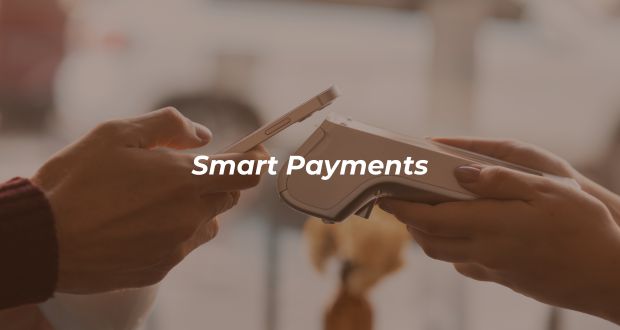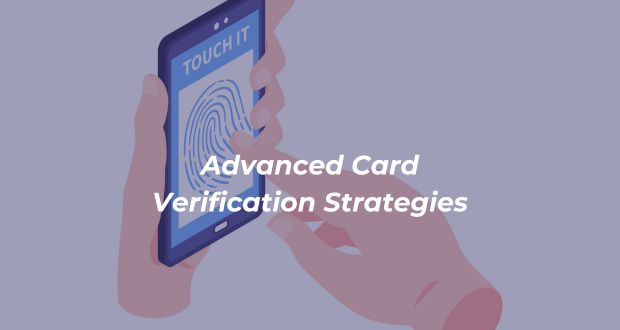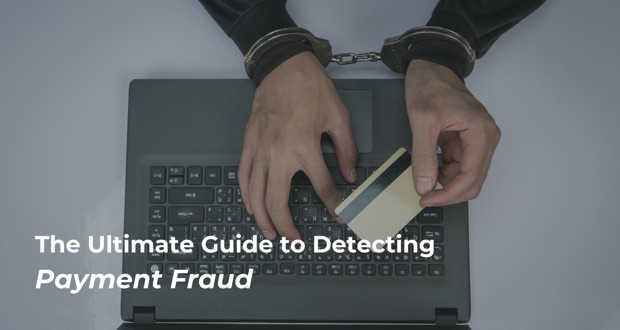1. Frictionless Self-Registration
Know Your Customer (KYC)
A robust e-wallet app ensures a seamless onboarding process for users. The Know Your Customer (KYC) component plays a pivotal role in verifying user identities. Here’s how it works:
- Identity Verification: Users provide necessary details such as name, address, and identification documents.
- Document Validation: The app validates the authenticity of submitted documents, ensuring compliance with regulatory requirements.
- Biometric Authentication: Leveraging biometrics (such as fingerprint or facial recognition), the app confirms the user’s identity.
Minimal Steps
A user-friendly e-wallet minimizes the steps required for registration. Streamlined processes enhance user adoption and reduce drop-offs. Key considerations include:
- Simplified Forms: Collect only essential information during registration. Additionally, consider incorporating compliance checks to ensure data accuracy and adherence to regulations.
- One-Click Verification: Enable users to verify their identity swiftly without cumbersome steps.
2. Analytical Dashboard
Beyond providing valuable insights, the e-wallet’s analytical dashboard must prioritize safeguarding sensitive information. Let’s delve into enhancing security for both transaction history and spending patterns:
Transaction History Security Enhancements
- Selective Transaction Details: Allow users to hide specific transaction details. Some transactions may contain sensitive information, and users should have control over what they reveal.
- Data Encryption: Encrypt transaction data to restrict unauthorized access. Robust encryption ensures that even if unauthorized parties gain access, they cannot decipher the sensitive content.
- Password Protection: Offer users the option to password-protect their transaction history. This ensures that only authorized users can access this critical information.
Securing Spending Patterns Insights
- Visual Representations Anonymization: While using charts (such as pie charts or bar graphs) to illustrate spending habits, ensure that individual transactions remain anonymous. Avoid revealing specific details that could compromise privacy.
- Categorized Groupings Privacy: Grouping transactions into categories (e.g., groceries, entertainment, bills) is helpful for analysis. However, ensure that category labels do not inadvertently disclose personal spending patterns.
- Predictive Privacy Features: Implement predictive privacy alerts. For instance, notify users when unusual spending patterns are detected. Unusual activity could indicate potential security risks, prompting users to take action.
Security Alerts
- Real-Time Notifications: Alerting users promptly about any suspicious activities is an integral feature of a secure e-wallet app. For instance, customers might receive alerts regarding large transactions or login attempts from unfamiliar devices. This function promotes transparency between the app and its users, mitigating the risk of potential security threats. By keeping users informed of their account activities in real-time, this feature not only tackles the problem of unauthorized access but also enhances user trust and engagement.
- Two-Factor Authentication (2FA): To further fortify account security, it is crucial to encourage users to enable 2FA. This security measure allows the system to verify the user's identity by requiring two distinct forms of validation, typically something they know (like a password) and something they have (like a mobile device). By doing so, even if a malicious actor somehow gets hold of one piece of authentication, they would still need the second one to gain access, significantly reducing the risk of a security breach. This serves to address the issue of account hacking, providing users with peace of mind knowing that their financial information is well-protected.
3. Integrate with Various Devices
The integration of different devices allows for greater access and flexibility, improving user experience and promoting a smooth workflow. However, with the incorporation of different devices, maintaining top-notch security becomes imperatively challenging. The following discusses how using a variety of devices integrates with risk management and highlights the benefits and security techniques used.
Mobile Devices
Mobile devices, due to their portable nature, are prevalent amongst users which makes them a key access point for most enterprise applications. It becomes important to implement robust security measures to protect data in transit and at rest.
- Encryption: All data that resides on a mobile device or transmitted to and from the device is encrypted. This ensures that even if the device is compromised, the data remains unintelligible to unauthorized users.
- Device Authentication: It is a measure that validates the identity of the device trying to connect to the network. This helps to restrict access to only trusted devices, thereby reducing the risk of data breaches.
- Security Benefits:
- Improved Data Security: These measures provide robust protection for sensitive data.
- Increased Compliance: They help organizations meet regulatory requirements and standards like GDPR and HIPAA.
Wearable Devices
Wearable devices offer a new platform for businesses to interact with customers or employees, but they also open up new opportunities for cybercriminals. Implementing effective risk management strategies, therefore, becomes crucial.
- Device Pairing: Wearables usually operate along with a mobile device. The connection between them is secured through device pairing measures, which require authentication and approval.
- Up-to-date firmware: The device firmware is regularly updated to patch any potential vulnerabilities and prevent exploitation.
- Security Benefits:
- Enhanced User Authentication: With device pairing, unauthorized access can be deterred.
- Reduced Cybersecurity Threats: Regular firmware updates lower the risk of cyber threats.
Web Browsers
As a platform used extensively for accessing numerous applications, web browsers pose a significant risk if not adequately secured.
- HTTPS Protocol: Secure data transmission over the web is ensured through the HTTPS protocol, which encrypts data in transit.
- Browser Isolation: This technique ensures any malicious content accessed via the web browser stays isolated and doesn't affect the user's device or network.
- Security Benefits:
- Secure Data Sharing: HTTPS ensures data integrity and confidentiality during transmission.
- Controlled Exposure: With browser isolation, potential threats can be neutralized before causing harm.
4. Ease of Transactions
Offering users ease of transactions does not only mean simplifying the transaction process but also ensuring the security of every transaction made. It becomes essential to integrate advanced technologies like NFC, P2P transfers, and QR Code Payments, amongst others.
Near-Field Communication (NFC)
NFC facilitates ease of transactions by allowing data exchange between devices that are in close proximity.
- Security Measure:
- Encryption: The NFC data exchanged is encrypted, ensuring that the data cannot be easily deciphered by unauthorized users.
- Security Benefits:
- Enhanced Security: The data encryption ensures the data is secure, even if intercepted.
- Compliance: Helps meet regulatory requirements (such as PCI DSS).
Peer-to-Peer (P2P) Transfers
P2P transfers provide a convenient way for users to directly transfer money to each other without the need for a banking intermediary.
- Security Measure:
- Multi-factor Authentication: To ensure the validity of the users involved in the transaction, P2P transfers often need multi-factor authentication.
- Security Benefits:
- Reduced Fraud: The multi-factor authentication significantly reduces the risk of fraudulent transactions.
- Enhanced User Trust: It provides users with greater assurance about the security of their transactions.
QR Code Payments
QR Code Payments allow users to simply scan a QR code to complete their transactions quickly and efficiently.
- Security Measure:
- Dynamic QR Codes: These are QR codes that change after each transaction, making it difficult for anyone to duplicate or reuse them.
- Security Benefits:
- Reduced Exposure: Dynamic QR codes minimize the risk of fraudulent transactions.
- Secure Transactions: Each transaction is different, making it difficult for cybercriminals to duplicate them.
5. Safe Data Backup
Tokenization
Tokenization is a critical technique for securing sensitive data within an e-wallet app:
- Concept: Instead of storing actual card numbers or personal information, the app generates a unique token.
- Security Benefits:
- Reduced Exposure: Tokens replace sensitive data during transactions, minimizing the risk of data breaches.
- Isolation: Even if a token is intercepted, it cannot be reversed to reveal the original data.
- Compliance: Helps meet regulatory requirements (such as PCI DSS).
Advanced Encryption
Robust encryption ensures data confidentiality:
- End-to-End Encryption: Encrypt data during transmission between the app and servers.
- Data-at-Rest Encryption: Safeguard stored data using strong encryption algorithms.
- Key Management: Implement secure key storage and rotation practices.
Privacy-Preserving Computing
Preserving user privacy is paramount:
- Zero-Knowledge Proofs: Enable computations without revealing the actual data.
- Homomorphic Encryption: Perform operations on encrypted data without decryption.
- Differential Privacy: Protect individual privacy while analyzing aggregated data.
TrustDecision: Your Partner in Secure E-Wallet Transactions
Every e-wallet solution must prioritize robust fraud prevention to ensure the safety and trust of users. At TrustDecision, we are at the forefront of this critical area, providing an extensive fraud prevention module equipped with the following features:
- Risk Screening Efficiency:
- Streamline your screening process in compliance with KYC/AML regulations, helping identify potential fraud risks effectively. By meticulously screening transactions, we ensure that only legitimate users engage in secure e-wallet activities.
- Advanced Fraud Identification:
- Utilize the power of advanced data analytics and machine learning systems to predict and spot fraudulent activities instantly. Our algorithms continuously analyze transaction data, swiftly flagging suspicious behavior.
- Relentless Monitoring:
- TrustDecision’s network analysis offers you the ability to monitor transaction patterns continuously. We pinpoint any unusual activities that might signal fraud, allowing for proactive intervention.
By focusing on fraud prevention, TrustDecision ensures that your e-wallet users can transact securely and confidently. Our commitment to staying ahead of emerging threats makes us your trusted partner in the ever-evolving landscape of digital finance.





.jpeg)


.jpeg)





